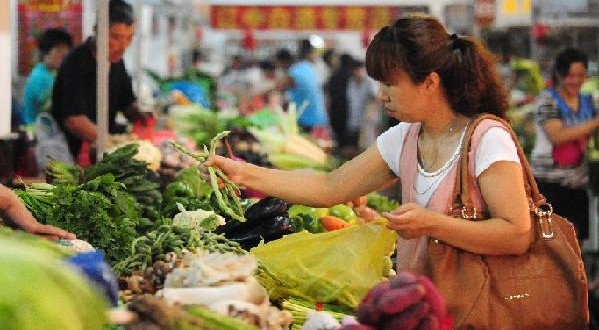April consumer prices rose 1.8% vs. a year earlier, down from 2.4% in March and the smallest gain in 18 months amid slower economic growth.
Factory-level prices fell 2% vs. a year earlier, the 26th straight decline. The price data spurred calls for more aggressive gov’t efforts to help the world’s No. 2 economy. Beijing has been wary of big stimulus measures after a 2008 gov’t spending boom resulted in many bad investments and debts for cities and provinces.
As the risk of deflation rises and the real activities remain lukewarm, we believe that it is time for the Chinese central bank to contemplate easing monetary policy soon.
While the People’s Bank of China (PBoC) could use the short-term open market operations (OMOs) to maintain accommodative market conditions, there is no evidence that lowered money market rates have also been translated into lowered lending rates.
The weighted average lending rates in the first quarter 2014 was 7.18%, only 2 basis points lower than the fourth quarter 2013, despite of favorable market liquidity conditions during the same period.
As such, it is time for the Chinese central bank to cut reserve requirement ratio (RRR). Large and mid-sized banks are still subject to 20% reserve requirement ratio, in addition to a stringent loan to deposit ratio of 75%.
We believe that a cut in RRR plus a reset of the prime lending rate recently established by the PBoC can meaningfully lower the lending rates facing Chinese enterprises.
Agencies/Canadajournal
 Canada Journal – News of the World Articles and videos to bring you the biggest Canadian news stories from across the country every day
Canada Journal – News of the World Articles and videos to bring you the biggest Canadian news stories from across the country every day



